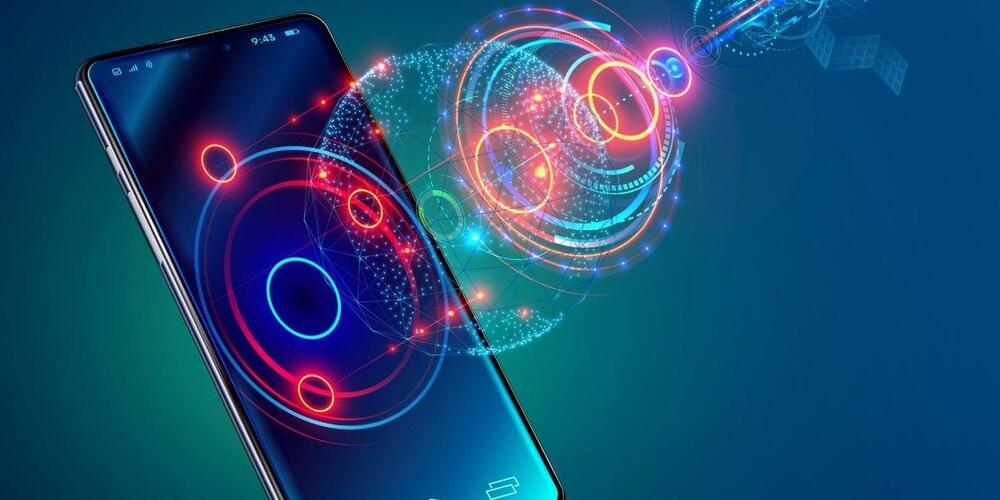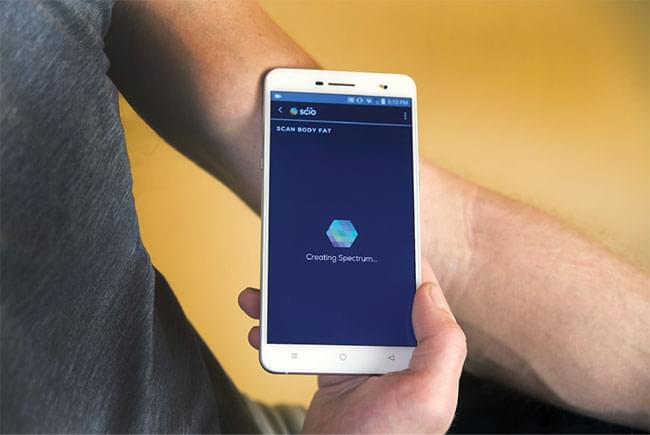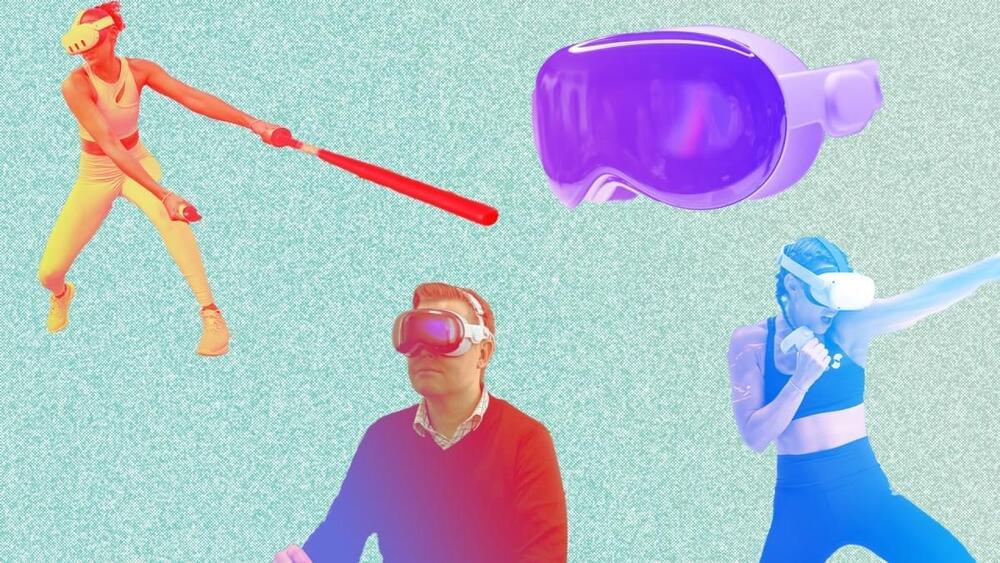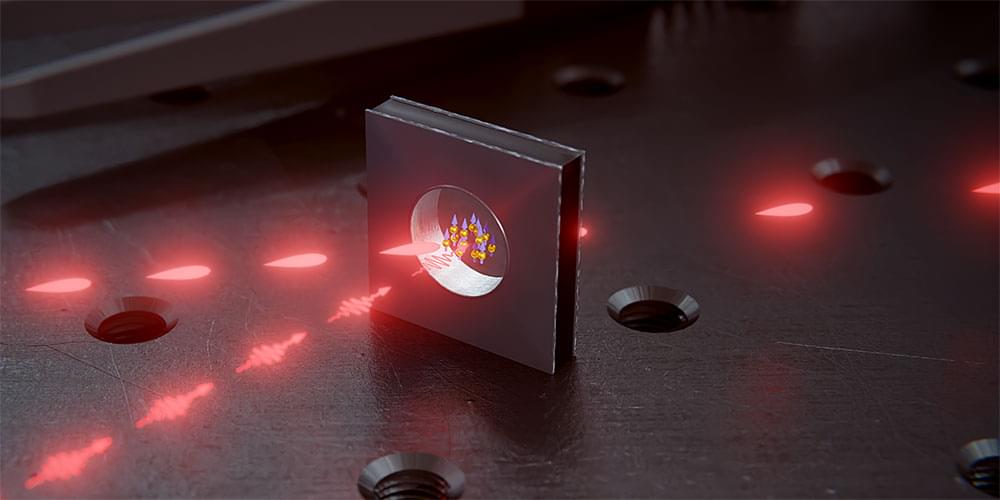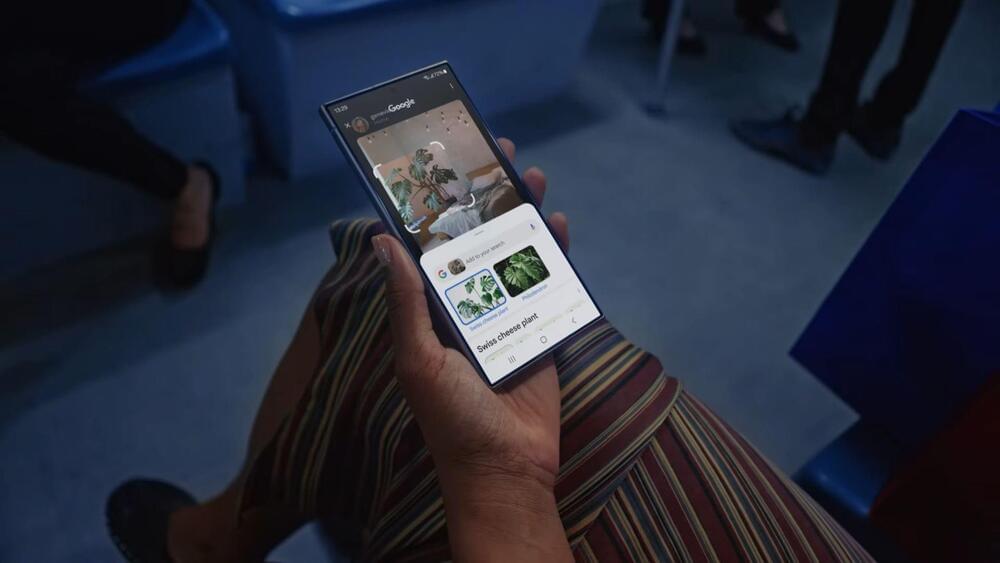Larger antennas and better beamforming are routing calls through orbit.
Category: mobile phones
By 2020, the number of smartphone users in the world is expected to reach almost 2.9 billion — nearly doubling in six years from about 1.6 billion in 2014. Technology companies and researchers have been directly and indirectly imbuing smartphones with additional capabilities, including spectroscopy for biological and medical applications, among other uses (Figure 1).
Figure 1. The Changhong H2 is the first consumer device with an integrated imaging spectrometer. Courtesy of Consumer Physics.
Opera revealed today that it will launch a new AI-powered browser built on its own engine for iOS in Europe. The Norway-based company announced the change following the news that Apple is going to allow alternative browser engines to run on iOS as a result of the requirements of the European Digital Markets Act (DMA). The changes will allow developers to offer browsers that are not based on the WebKit browser engine.
Apple currently requires third-party browsers to use WebKit, which is the same browser engine that underpins its own Safari browser. In order to comply with the DMA, Apple will begin allowing developers to submit non-WebKit-based browsers, for both web browser apps and for developers offering in-app browsers for displaying web pages within their iOS apps.
Opera says the changes will allow it to provide iPhone users with an AI-powered alternative to Safari.
If you use Android, this might come in handy except for the lab of encryption. Hopefully iPhone copies this and it says a standard that’s regulated.
AI could change Google’s Messages app in a big way.
As Pedro Pacheco of Gartner, another consultancy, points out, Chinese firms are also managed differently. They are less risk averse and move faster than foreign firms, quickly updating tech and introducing new models to keep customers interested. Treating new cars like consumer-tech products, such as smartphones, extends to ditching duds quickly. Li Auto now ceases production of new models in a matter of months if they do not sell well.
EV startups such as Li Auto, NIO and Xpeng were all founded by tech billionaires who, like Tesla’s Elon Musk, regard their firms as tech companies that happen to make cars. In fact, lots of Chinese tech firms are getting involved in the car industry. Whereas Apple has mulled such a venture long and indecisively, Xiaomi, a big Chinese smartphone-maker, unveiled its first vehicle in December (a fancy and expensive saloon). It plans to make cheaper models in future with the immodest goal of becoming one of the world’s top five carmakers in 15–20 years. Huawei, a telecoms firm, and Baidu, a search engine, have also teamed up with car firms to make vehicles.
Kenya has announced that the precious coltan mineral, which is used in the manufacture of cell phones, laptops and other communication gadgets has been found in the country.
Mining and Blue Economy Cabinet Secretary (CS) Salim Mvurya said on Wednesday that adequate deposits of coltan have been found in six counties.
The rare metallic mineral, mostly found in the eastern part of the Democratic Republic of Congo (DRC), is mainly used for the production of electronic goods of mass consumption, such as mobile phones, laptops and videogame consoles, and its discovery in Kenya is set to raise the country’s profile as a mineral exporter.
Apple’s Vision Pro launch resembles its Apple Watch debut in more ways than one, but to me the most telling similarity is in the marketing approach. Apple has striven to distance the Vision Pro from the existing crop of virtual reality (and even mixed reality) devices — many of which are objective failures — by exclusively focusing on the term “spatial computing”; however, the marketing seems focused on identifying a few key use cases it thinks will best drive consumer interest.
The company took the same approach with the Apple Watch, which like its face computer cousin, was more or less a solution in search of a problem when it originally debuted. Apple initially focused on a lot of features the Apple Watch has now actually done away with entirely, including its Digital Touch stuff that was meant to be a new paradigm for quickly communicating with friends and loved ones across distances. In general, it was presented as a relatively robust and full-featured platform nearly on par with the iPhone in terms of future potential.
The intervening years and generations of Apple Watch have seen it grow considerably in terms of pure technical capability and specifications, yet the marketing and focus around the product from Apple’s side has been more economical, spending outsized effort at the areas that seemed to resonate best with users — including health and wellness, and more recently, safety.
PRESS RELEASE — It is hard to imagine our lives without networks such as the internet or mobile phone networks. In the future, similar networks are planned for quantum technologies that will enable the tap-proof transmission of messages using quantum cryptography and make it possible to connect quantum computers to each other.
Like their conventional counterparts, such quantum networks require memory elements in which information can be temporarily stored and routed as needed. A team of researchers at the University of Basel led by Professor Philipp Treutlein has now developed such a memory element, which can be micro-fabricated and is, therefore, suitable for mass production. Their results were recently published in the scientific journal Physical Review Letters.
Samsung is making a smart ring
Posted in mobile phones, wearables
Samsung ended its Unpacked event with a teaser showing a new Galaxy Ring.
Details on the Galaxy Ring are still slim.
https://youtube.com/watch?v=J7x0E0hLaJ8
The Galaxy S24 will also have a new feature called Circle to Search, which will let users search anything on their screen using Google. Users can press the bottom edge of the screen, where the Google logo and a search bar will pop up, and draw a circle around anything they want to search. The feature will work on most content, except for those protected by DRM or screenshots, such as banking apps. Once the selection is made, a panel will slide up showing the selection and the results from Google’s Search Generative Experience (SGE), similar to image search via Google or Lens, but without needing to open another app or take screenshots. Users will be able to circle items in YouTube videos, Instagram Stories, and more.
The Galaxy S24 will also benefit from Google’s Imagen 2, a text-to-image model that can generate realistic images from text descriptions. Imagen 2 will power the photo editing features in the Galaxy S24 Gallery app, such as the Generative Edit feature which also debuted on the Pixel 8 series. It can automatically fill in missing parts of images based on the surrounding context. Imagen 2 was unveiled at Google I/O last year and recently launched in preview on the web.
